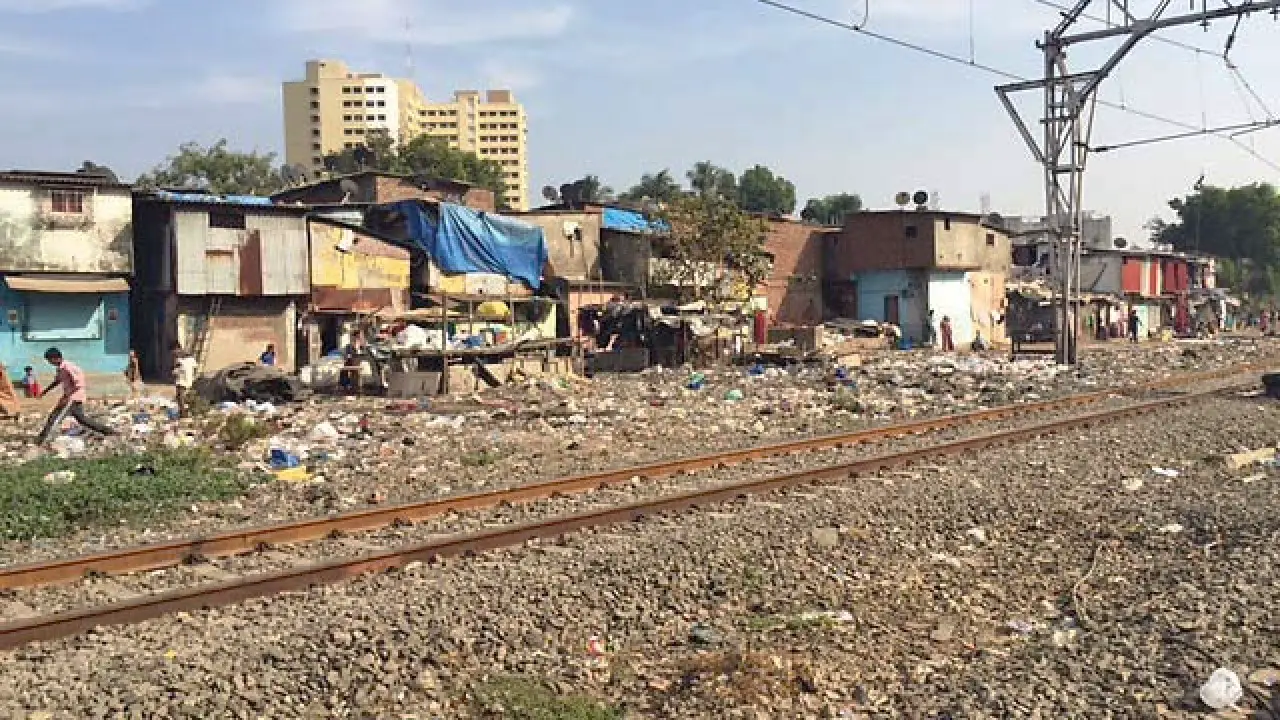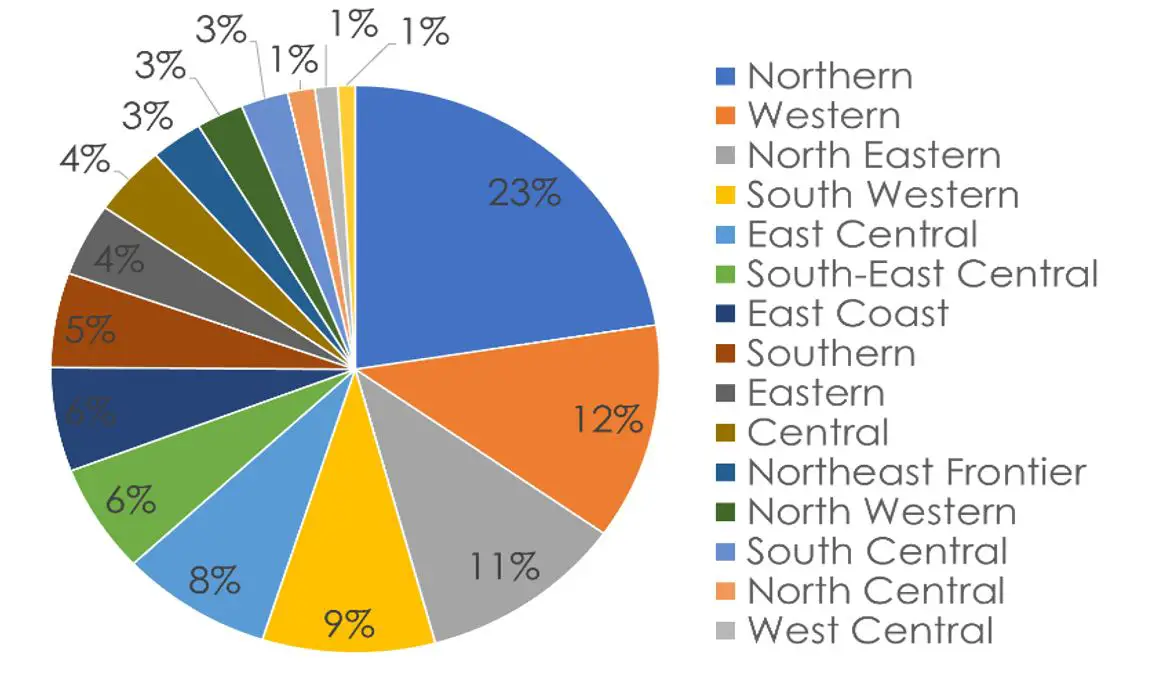The Phenomenon of Urban Vacant Land
A very little research and policy work has considered the vast untapped potential of the large number of small urban vacant and abandoned parcels of land that lie in the urban centers- India and abroad. Understanding the circumstances that create this situation will enable us to develop alternative policy mechanisms that promote redevelopment (Goldstein, Jensen, & Reisk, 2001).
Gunwoo Kim, in his paper ‘The Public Value of Urban Vacant Land: Social Responses and Ecological Value’ explained the existence of vacant land in a city as:
“A variety of urban processes, including decentralization due to demographic changes, urban sprawl, de-industrialization, and people’s preferences for new types of residential choices have thus led to increased vacancy rates in urban areas. As people moved to the suburbs, the infrastructure provided and utilization of land decreased, leaving the urban core with remnants. De-population of the urban core increases vacancies in urban areas.” (Kim, 2016)
Typically, the phenomenon of vacancy of urban land can be simply understood through many processes (Pagano & Bowman, 2000). The financial causes of urban vacant land are attributed to declining of land values. The financial disinvestment hollows out the economy of the urban core and leaves it with insufficient economic activity to sustain itself. The institutional causes of the urban vacant land are directly attributed to zoning and land-use regulations. These in many cities are outdated and prevent land from being redeveloped in ways consistent with modern uses.
Processes of urban renewal also leads to vacancy. While relocating the residents away from the urban core, often in isolated and poorly-designed public housing, the centrally located land is made available for redevelopment as residential, commercial and retail property. This process of gentrification as a means of urban renewal is not always successful. Many cities accomplish razing of old structures but not the redevelopment, leaving large tracts of vacant land and displacing local residents to less-desirable locations (Keuschnigg & Nielsen , 1996).
Various transport projects have also created vacant land in urban areas over time (Goldstein, Jensen, & Reisk, 2001). Government entities often use the power of eminent domain to take land needed for construction of new roads or rails. Sometimes this land is intended for auxiliary support for future expansion. In such cases, the land taking and subsequent acquisition and demolition of any buildings already happens, but the ultimate use of the land does not take place. Over time, this land either gets encroached, or keeps lying vacant.
Urban Vacant Land under Indian Railways
Indian Railways is the second largest owner of land in the country after Ministry of Defense. Indian Railways owns as much as 4.4 lakh hectares of land. 75% of the land is used for operational and service in infrastructure. Balance land is licensed for various purposes such as afforestation, Pisciculture, GMF scheme etc. Indian Railways also has more than 44,000 hectares of vacant land lying with no specified use (Land and Amenities Directorate, 2019). It constitutes nearly 10% of the total land that it owns. Hence, Indian Railways requires an efficient management to ensure safe and effective custody of land available with them and the land encroached by ensuring clear title, prevention of encroachments and early removal of encroachment of vacant land. And since the need for the land in Urban areas is ever rising, it is imperative to say that this land is very critical for promoting organized development in the cities. Because, otherwise the land is subjected to unauthorized settlements and slum growth.
Hence, planning for vacant land under the ownership of Indian Railways is a step towards harmonious Urban growth that has a potential to absorb population growth to some extent, provide for public space needs and institutional arrangements, and contribute towards limiting the urban sprawl to a great extent (Adams, Disberry, Hutchison, & Munjom, 2002).

Statistics- Land Inventory (Rural + Urban)
Ministry of Railways (GoI) conducted land surveys post 2006 in order to identify the available land into defined categories. There are broadly seven of these categories under which land is numerated by the Land and Amenities Directorate– track and structures, afforestation land, land under grow more food scheme, commercial licensing land, land under the use of pisciculture and sericulture, encroached land, and vacant land. Following table shows the break-up of the areas in these respective categories, to help understand the focus of study- urban vacant land:
Table: Break-up of Land-use by Indian Railways (2014-2015 to 2017-2018) (Area in Ha)
| Descriptions | 2014-2015 | 2015-2016 | 2016-2017 | 2017-2018 |
| Track and Structures Including Stations, Colonies | 359000 | 364000 | 366000 | 366000 |
| Afforestation | 40000 | 40000 | 41000 | 42000 |
| Grow More Food Scheme | 3000 | 3000 | 3000 | 3000 |
| Commercial Licensing | 4000 | 4000 | 4000 | 4000 |
| Other uses Like Pisciculture | 8000 | 9000 | 9000 | 9000 |
| Encroachment | 1000 | 1000 | 1000 | 1000 |
| Vacant Land | 46000 | 52000 | 52000 | 52000 |
| Total | 461000 | 473000 | 476000 | 477000 |
(Area: In Hectare)
Source: Ministry of Railways, Govt. of India. (ON1962) & Past Issues
This makes it apparent that the encroached land, or the land adjoining the tracks is explicitly separate from the concerned land labelled as vacant land. Further, talking about the trend of existence of this land, there is a constant increase in area over the past few years. Presently, the reasons are unknown but this clearly depicts the severity of the situation that calls for the planning of concerned land. Following table shows the zone-wise trend over a period of ten years:
Table: Railway-wise Approximate Vacant Land Area in India (Area in Ha)
| Railway Zones | As on 31.03.2009 |
As on
31.12.2012 |
As on
31.12.2014 |
As on
31.03.2015 |
As on 31.03.2016 |
As on
31.03.2017 |
As on
31.03.2018 |
| Central | 6188 | 6188 | 2855 | 2738.81 | 2680.7 | 2293.77 | 2022.03 |
| Eastern | 3792 | 3792 | 2212 | 2245.69 | 2246.91 | 2172.8 | 2110.49 |
| East Central | 8620 | 8620 | 4299 | 4299.16 | 4298.43 | 4148.06 | 4094.75 |
| East Coast | 4707 | 4707 | 2193 | 2708.98 | 2840.04 | 3138.03 | 3011.28 |
| Northern | 9489 | 9489 | 8314 | 8120.36 | 11990.69 | 11612.4 | 11438.69 |
| North Central | 1079 | 1079 | 975 | 746.52 | 787.52 | 740.02 | 735.11 |
| North Eastern | 14352 | 14352 | 5772 | 5771.4 | 5770.37 | 5564.67 | 5564.67 |
| Northeast Frontier | 11718 | 11718 | 1305 | 1332.58 | 1401.65 | 1406.82 | 1410.45 |
| North Western | 5953 | 5953 | 439 | 437.69 | 1278.08 | 1277.35 | 1277.35 |
| Southern | 5673 | 5673 | 2576 | 2577.04 | 2721.98 | 2725.7 | 2741.44 |
| South Central | 5557 | 5557 | 1371 | 1364.9 | 1363.67 | 1284.49 | 1276.58 |
| South Eastern | 4467 | 4467 | 467 | 468.24 | 470.17 | 703.16 | 464.76 |
| South Western | 2255 | 2255 | 4133 | 3161.28 | 3331.15 | 3159.48 | 4662.15 |
| South-East Central | 9659 | – | 3162 | 4190.92 | 4245.18 | 4431.98 | 3142.72 |
| Western | 17970 | 17970 | 5549 | 5203.83 | 5875.9 | 5889.07 | 6258.54 |
| West Central | 1458 | 1458 | 487 | 486.48 | 621.12 | 617.39 | 617.45 |
| Total | 112937 | 103278 | 46109 | 45853.88 | 51923.56 | 51165.19 | 50828.46 |
(Area: In Hectare) Source: Lok Sabha Starred Question No. 383, dated on 30.07.2009, Rajya Sabha Starred Question No. 1698, dated on 07.12.2012 & Lok Sabha Unstarred Question No. 5273, dated on 05.04.2017, Question No. 2971, dated on 02.08.2017, Question No. 2355, dated on 26.12.2018.
Norther Railways has the highest percentage of vacant land, which is equal to 11438 Ha (23% of the total vacant land). Following break up shows the percentage breakup zone-wise:
